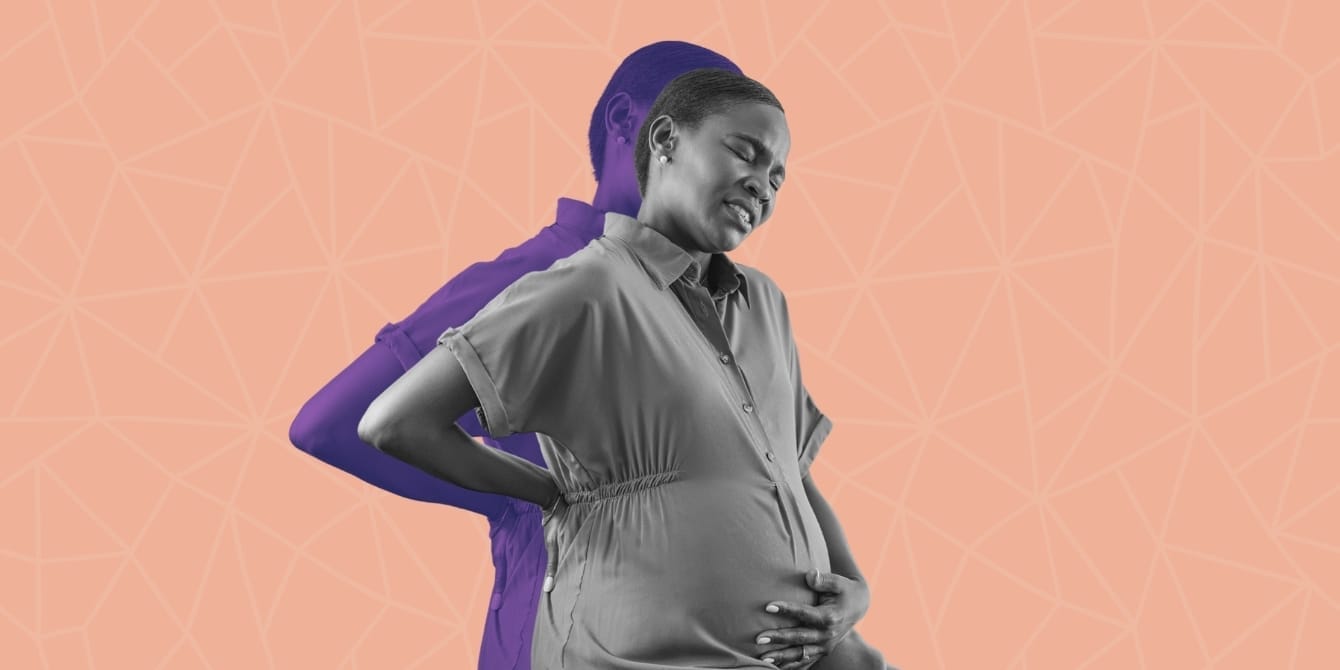A new JAMA Network Open study published April 2025 confirms a new troubling trend: from 2018 to 2022, pregnancy-related deaths rose by nearly 28% in the U.S., hitting 32.6 deaths per 100,000 live births by 2022.
While the numbers are sobering, experts say the vast majority of pregnancy-related deaths are preventable—and that’s where the real story begins.
The numbers that should spark national outrage
Researchers analyzed 6,283 deaths tied to pregnancy over a five-year span and found persistent and preventable causes:
- Cardiovascular conditions were the top killers, but mental health disorders and drug- and alcohol-related causes were major drivers of deaths after delivery—what’s known as late maternal death.
- These later deaths (which occur 43 days to 1 year postpartum) accounted for nearly a third of pregnancy-related fatalities. In fact, 30% of maternal deaths occur after six weeks postpartum—a clear indicator that current postpartum care models are missing the mark.
- The biggest increase in death rates was among moms aged 25–39, the age group that births the majority of American babies.
If the U.S. could match the rate of the best-performing state (California), nearly 2,679 lives could’ve been saved. That’s 2,679 moms who didn’t need to die.
Related: 84% of pregnancy-related deaths in the US are preventable, CDC says
Racial inequities? They’re still horrific
The disparities are as devastating as ever. The study found that:
- American Indian and Alaska Native women had the highest mortality rate—106.3 per 100,000 births, nearly four times higher than white women.
- Non-Hispanic Black women followed, at 76.9 deaths per 100,000, about 2.8 times the rate of white women.
These aren’t just “health statistics”—they’re the legacy of a system that continues to underserve, underprotect, and undervalue the lives of mothers of color.
Related: Maternal deaths are dropping—but Black moms are still at the highest risk
A snapshot of state failures
The report also included a state-by-state breakdown that paints a sobering picture:
- Alabama and Mississippi topped the list for the highest mortality rates—nearly 59 deaths per 100,000.
- California came in with the lowest rate at 18.5 per 100,000. Why? Likely because of strong statewide maternal health programs, better access to Medicaid, and more equitable care practices.
This underscores a troubling reality: where you give birth in the U.S. can significantly shape your maternal health outcomes.
What this means for moms now
The new study is a massive wake up call—and a call to action.
Too many new moms are falling through the cracks after they leave the hospital. The report highlights that postpartum care (or the lack of it) is a glaring gap, especially for women managing chronic conditions, mental health challenges, or who just don’t have access to regular primary care.
So what can be done?
The solutions are simple, but not politically easy:
- Expand access to Medicaid postpartum coverage beyond 60 days.
- Fund community-based doula and midwife care.
- Ensure every new mother gets intensive support from her providers and community after she gives birth (not just before).
- Address racial bias in medical settings head-on.
- Integrate mental health screening and support into postpartum checkups.
- And yes—make paid leave and affordable childcare the default, not a dream.
Because every mom deserves more than just survival—she deserves support, dignity, and care that continues long after delivery.

